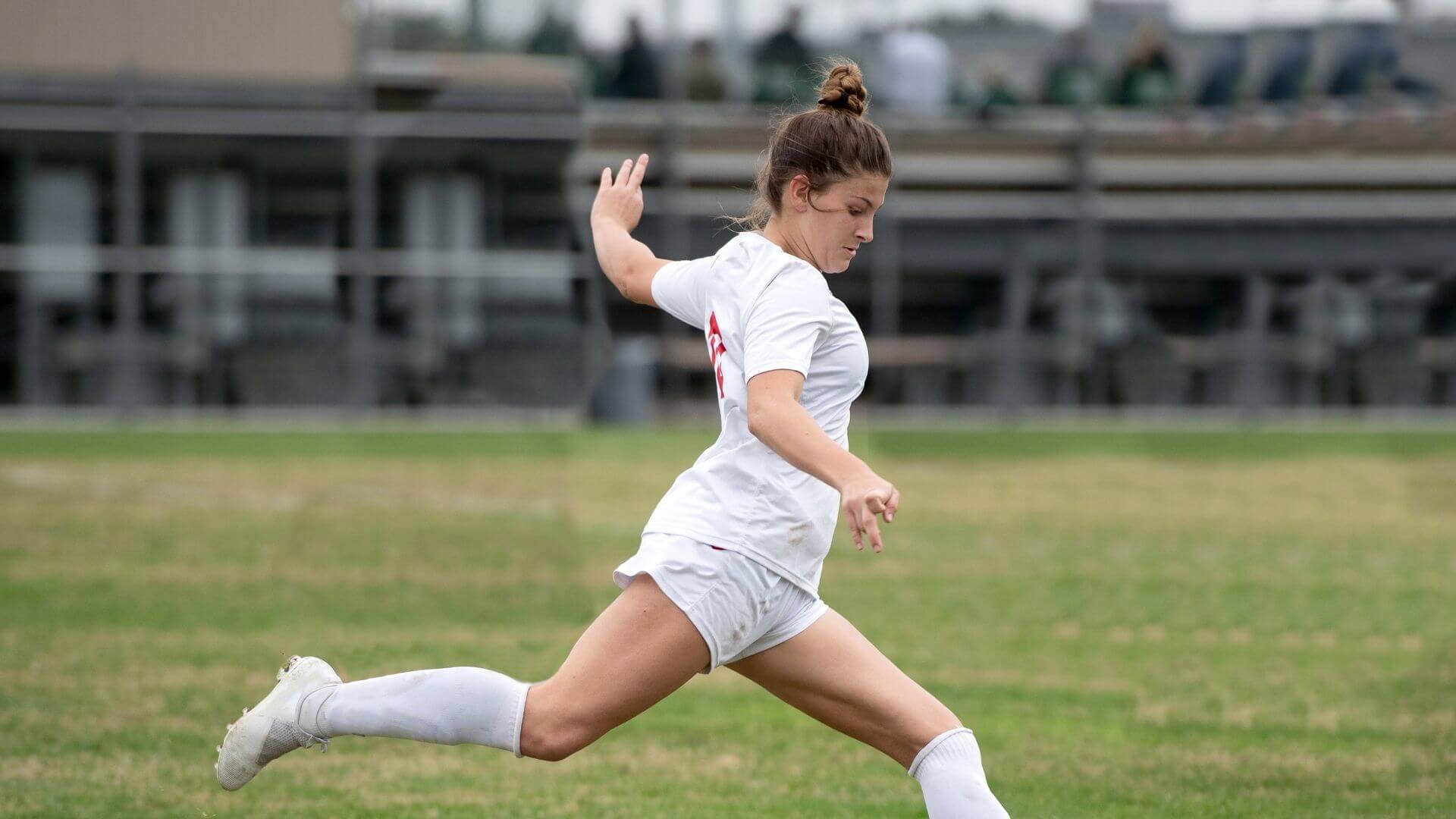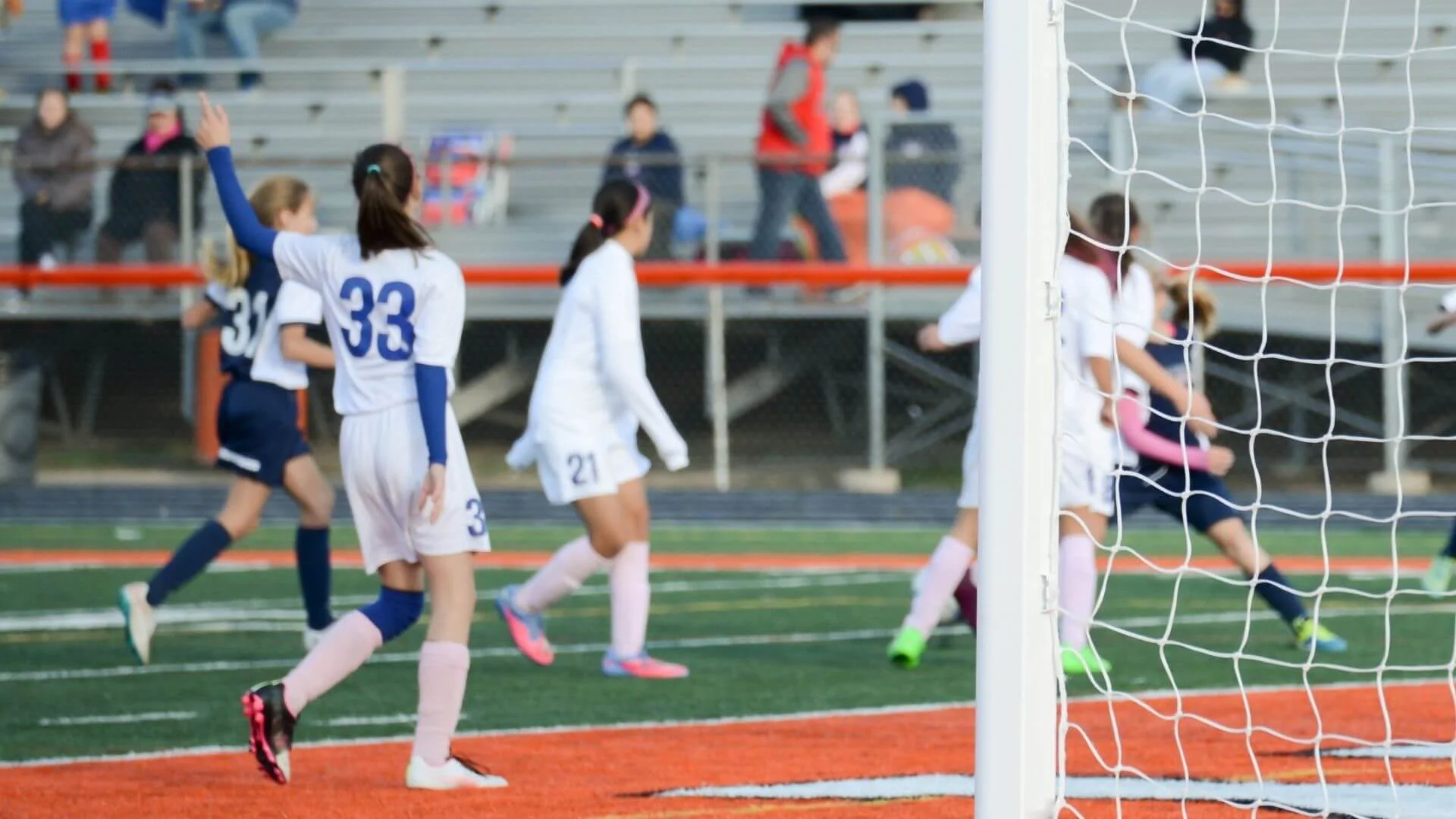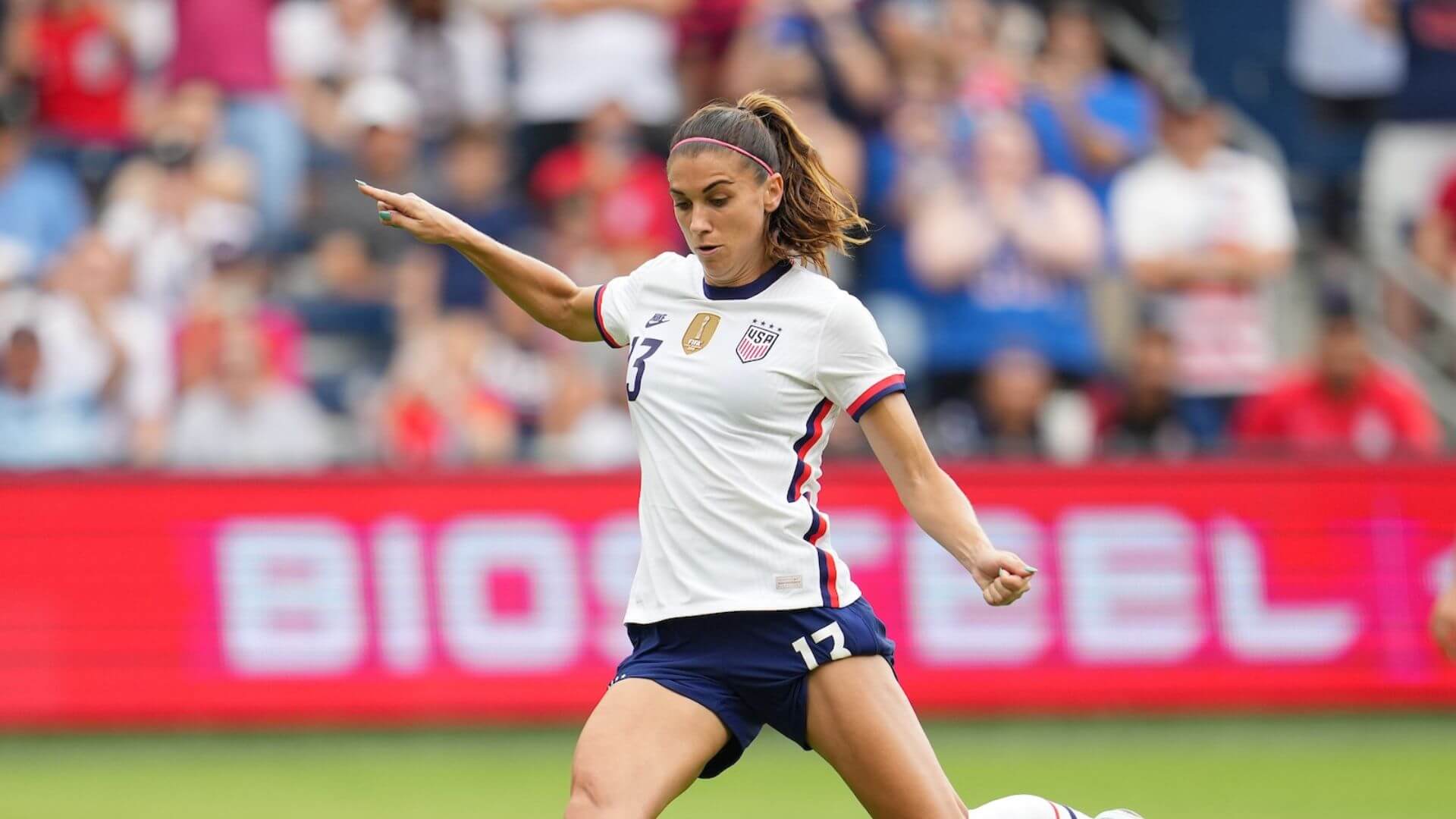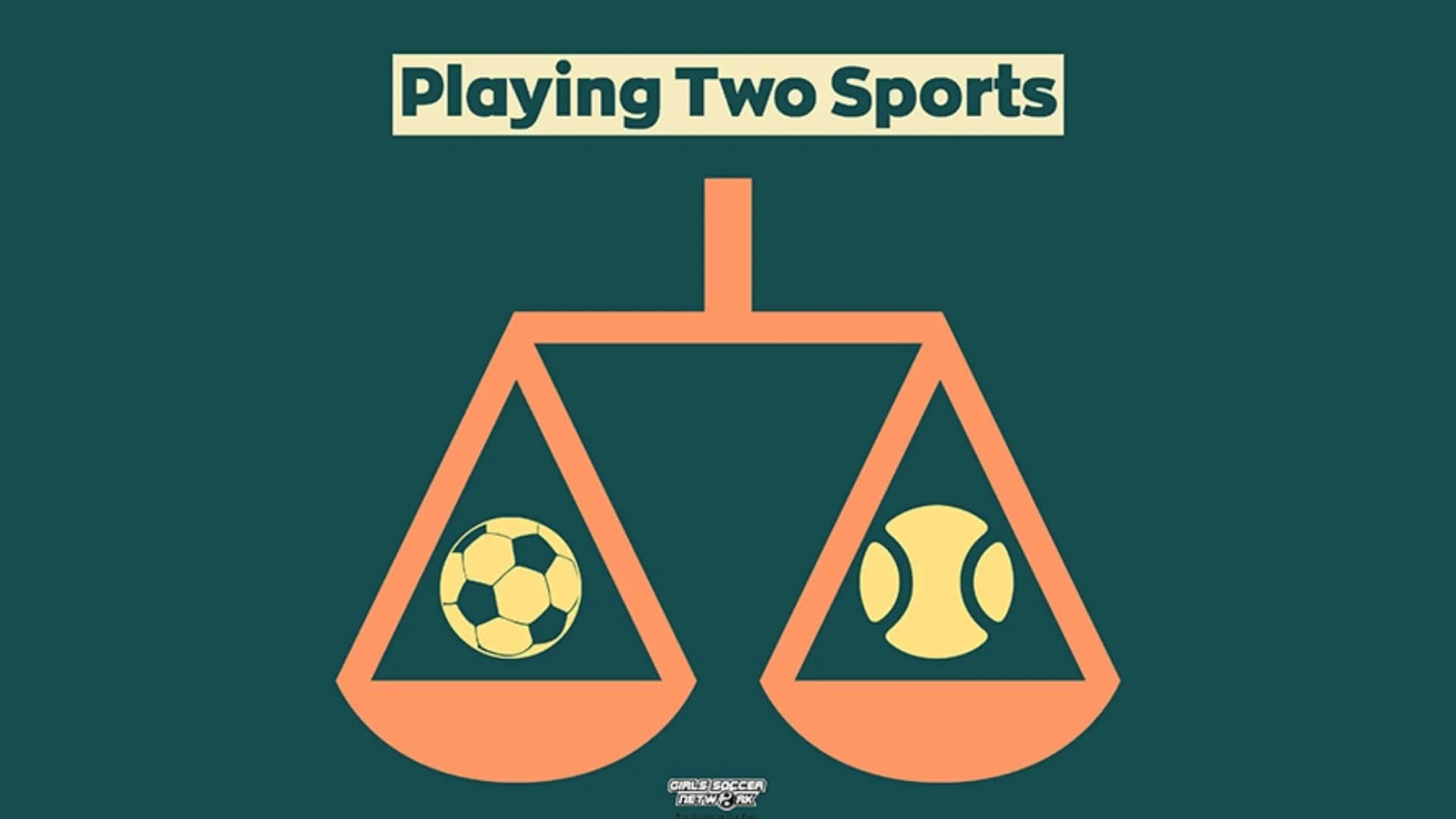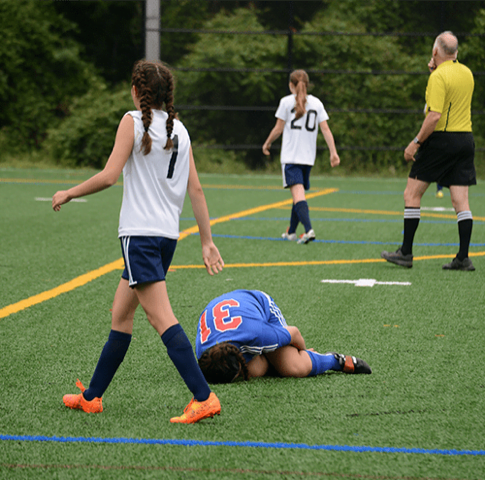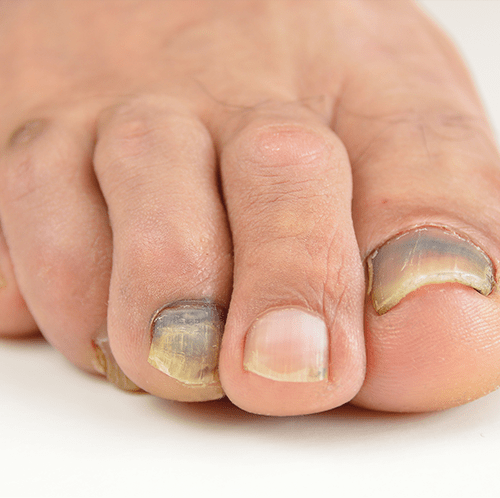How Important Is Height in Girls’ and Women’s Soccer?
Imagine you’re 5’3″ and walk out onto the field with the rest of your teammates. They all average two to four inches taller than you, and the coach makes it clear that their height is earning them time in starting positions even though you think you create better scoring opportunities. It’s one of the oldest debates in sports: does size matter? So let’s take a look at the importance of height in soccer.
Sure, in basketball, it’s easier to shoot when it’s harder for players to block you. In football, you can catch or throw over everyone. In volleyball, you can spike easier and throw the ball at a steeper angle. But how important is your height in soccer when 75 percent of the game is played on the ground?
This debate goes in circles. You can argue both sides, and neither is wrong, making height as important as you make it. It definitely influences some positions such as goalkeeper and center back where a player’s height may make their job easier. Yet, some players have shown they can do just as well without it.
Meghan Klingenberg comes to mind in the outside back position. A position often debated about needing height because of corners and the goal line. Yet, she put everyone who thought inches were essential to shame in 2015. During the World Cup that year, Klingenberg became the hero of the group stage. The 5’2″ defender stood on the goal line as Sweden pushed its attack. Then, taking a wide-open shot, the Swedes looked like they would disrupt America’s World Cup performance, dropping them below Australia. Klingenberg dashed all hopes, though, as she headed the ball straight into the crossbar for a perfect denial.
But wait, isn’t she too short for that?

Coaches often think midfielders should be tall. Their long legs help the constant back and forth action that the position entails, while their sheer height becomes fully utilized with corner kicks that come off the ground. But don’t forget Mia Hamm, the GOAT of women’s soccer, once played both striker and midfield while only standing at 5’5″. Hamm remains one of the top international scorers of all-time and held the all-time scoring record until 2013 when Abby Wambach claimed it, ending Hamm’s 14-year reign. Still, the 5’5″ striker was never expected to perform as she did.
Height can affect the game, yes, but Willamette University exercise science professor Stasinos Stavarianeas found shortness can be an advantage. He found shorter players have a quicker stepping pattern, meaning they are faster and have better control of their bodies. Even in the broader debate of height and sports, an exception always exists, as you see a 5′ basketball player drain triples all day or a 5’4″ boxer putting her 5’10” opponent on her back.
Height can influence your position on the field. However, its importance in the game is what you allow it to be. Its biggest impact exists in goal. If you’re a short goalkeeper like I was in high school, you’ll have to find a work-around, and it may restrict how far you go, but there is always an exception to every rule.
At the end of the day, it seems skill continues to be a bigger factor to focus on than height. From Marta to Kealia Ohai, the shortest players in the NWSL and on the national team have proved height in soccer is simply a number, and if you got it, you got it.
_
GIRLS SOCCER NETWORK: YOUR SOURCE FOR GIRLS SOCCER NEWS



